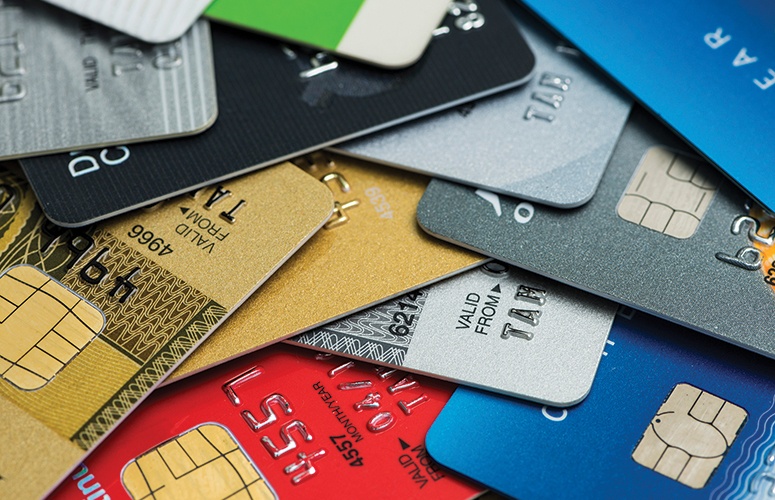
5 Facts to Consider Concerning Implementing a Surcharge Program
By Eric Cohen, CEO of Merchant Advocate On Jan 18, 2024Credit card surcharging and its related programs – cash discount, non-cash transaction and zero fee – have been a hot topic over the last few years and are only growing in popularity. Some see them as a way of offsetting the cost of doing business with credit cards, while others consider them an undue toll levied on loyal customers.
A traditional surcharge program adds a fee to all credit card transactions – excluding debit cards. The first challenge here is distinguishing debit from credit. Some businesses assume that a debit card is any transaction processed with a personal identification number (PIN), but that is not the case. PIN punched in or not, a debit card is any card that takes money directly from a consumer’s bank account. This represents around 50% of all transactions. The only way to run a true surcharge-compliant program is to use a point-of-sale system or terminal that determines if the card is debit or credit before applying the fee.
Cash discount programs were originally rolled out as a way for processors to creatively add a service fee to all card transactions and then offer a discount for those paying by cash. This is really a surcharge program in different packaging, which means it’s also illegal to offer a cash discount on a debit card. A true compliant cash discount program lists the actual higher price and takes a discount off the listed price if the customer pays with cash.
Whether you’re thinking about implementing a surcharge program or already have one in place, here are five important facts to know:
1. Adding a surcharge may not add revenue in the long term. Businesses are operating on thin margins, and tacking on a surcharge will increase the overall cost, which may adversely affect your overall volume and revenue in the long term.
2. Brand guidelines are rigid and tedious. Each card brand has its own strict protocol for surcharging, and any business implementing a program must be registered in advance.
3. The wrong signage can cost your business. A recent New Jersey law requires businesses to inform their customers of surcharging in several ways. They must post signs in retail spaces and online and inform customers verbally for all in-person and phone sales transactions. Visa, Mastercard, American Express and Discover also require that notices be posted and that the specific amount of the surcharge be listed as a separate line item on receipts. Other states require disclosures as granular as including the cash and credit card prices in dollars and cents per item. Given these complexities, it’s easy to make a mistake, which can lead to significant fines upwards of several thousand dollars. It can even open you up to a class-action lawsuit.
4. The tax implications are fuzzy. Merchants must let their merchant acquirer and relevant card networks know they are planning to start a surcharge program. If the money accrued from surcharging isn’t reported correctly on the 1099-K received from the processor, there’s a good chance it will come up as a red flag as a possible mismatch. The 1099-K usually includes the surcharge amount, which never really made it to the merchant’s bank account. It needs to be reported and then deducted as an expense, so everything matches. The nuances become even hazier if a New Jersey-based merchant does business out of state.
5. Every state is different, and laws are constantly changing. Currently, there are a handful of states that outright prohibit surcharging. Though the New Jersey bill settled local policy, the legal framework surrounding the practice is constantly evolving. In several other states, anti-surcharging laws are in place, but are going unenforced due to ongoing court challenges. In all 50 states, it is legal to offer a discount to those paying with cash or debit cards.
While surcharge programs can be compliant, if a business owner really understands the process, a true cash discount program could be the best fit. Think about it this way: If you list the higher price and offer a true discount for cash-paying customers, you don’t need the processor involved as there is no added fee. You just have a normal merchant account, keep the difference in the higher prices set and make sure your merchant account pricing is as low as possible. It is vital to become more familiar with monthly statements – particularly potential hidden or junk fees – and use these data points to negotiate lower costs. This can happen through more vigilant auditing on a company’s part or by working with an expert.
About the Author: Eric Cohen is CEO of Merchant Advocate (merchantadvocate.com), a financial consulting firm that helps merchants save money from the credit card industry. He can be reached at [email protected].
To access more business news, visit NJB News Now.






